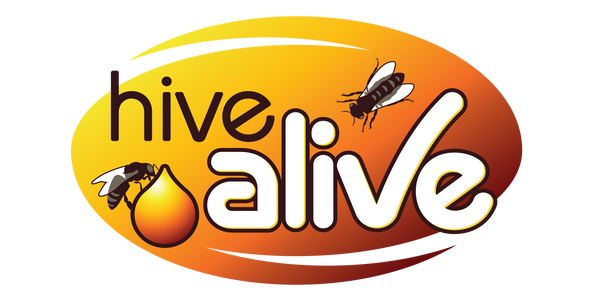Exploring the Buzz-Worthy Connection Between Bees and STEM
Nov 08, 2024
National STEM Day is the perfect time to celebrate the surprising links between beekeeping and STEM (Science, Technology, Engineering, and Mathematics)—with a little extra buzz for the arts (STEAM)! Beyond their crucial role in pollination, bees demonstrate incredible skills that relate directly to these fields. Let's dive into some fascinating bee facts that highlight the connections between our favorite pollinators and the world of STEM!
The Science of Honey Production: Nature’s Tiny Chemists

Did you know bees are natural chemists? Honey production is an intricate chemical process, and bees handle it all with ease! Worker bees start by collecting nectar, which is loaded with complex sugars. Once back at the hive, they add enzymes from their stomachs that break down these sugars. Then comes the final step—dehydration. By fanning their wings, bees evaporate water from the nectar until it transforms into the thick, golden honey we all love. This unique process gives honey its sweet flavor and natural preservative qualities, allowing it to last indefinitely without spoiling.
Fun Fact: “Bees are nature’s tiny chemists, turning nectar into honey through a fascinating chemical process! #NationalSTEMDay #BeeScience”
Technology in the Hive: Smart Monitoring for a Healthier Colony

As beekeepers, we’re lucky to live in an era of "smart" beekeeping. Thanks to advances in technology, hives can now be outfitted with devices like temperature sensors, humidity monitors, and cameras. These smart tools allow beekeepers to monitor hive conditions remotely, helping keep colonies safe and healthy with minimal disturbance. By tracking changes in real-time, beekeepers can intervene early to prevent issues—making life a little easier for the bees and ensuring the hive thrives.
Did You Know? “How are bees connected to technology? Beekeepers use smart hives to monitor colony health from afar, helping keep our buzzing friends happy! #STEMinBeekeeping #NationalSTEMDay”
Engineering Marvels: The Hexagonal Honeycomb

Honeybees are nature’s engineers, and their hexagonal honeycomb is a marvel of design. Each hexagonal cell is built to maximize storage with minimal material, giving it incredible strength and efficiency. Engineers study honeycomb patterns for inspiration when designing lightweight, durable structures—everything from aircraft parts to building materials. By using the hexagon shape, bees create a structure that’s both strong and efficient, which is essential for storing honey and pollen while supporting the hive.
Be Inspired: “Bees are natural engineers! Their honeycomb hexagons are the most efficient use of space and material, inspiring real-world structures. #STEMDay #EngineeringLikeABee”
Math in Motion: The Geometry of Pollination

When it comes to foraging, bees are mathematical pros! They calculate the most efficient routes between flowers, minimizing travel time and conserving energy. This type of optimal pathfinding is something mathematicians and computer scientists study closely, especially in logistics and delivery systems. The way bees optimize their pollination routes demonstrates an impressive understanding of geometry and efficiency, helping them gather nectar quickly and return to the hive with energy to spare.
Think About It: “Bees are natural mathematicians! They follow optimal routes to gather nectar, showing off geometry skills we’d all love to have. #BeeMath #STEMSmart”
Artistic Vision: Bees and the Ultraviolet Color Spectrum

Here’s a fact for the art enthusiasts: bees see the world in a different light—literally! They can detect ultraviolet (UV) light, which allows them to see patterns on flowers that are invisible to us. Many flowers have UV "guides" that direct bees to the nectar. This unique perspective has inspired artists and garden designers to create “bee-friendly” gardens that appeal to bees’ visual abilities, making it easier for our pollinators to locate their next meal.
Creative Insight: “Bees are nature’s artists! They see flowers in ultraviolet, which helps them spot nectar. Humans use these insights to design bee-friendly gardens. #STEAM #BeeArt #NationalSTEMDay”
Keep your bees SMART and feed them HiveAlive Scientifically Proven Products. Shop Here
